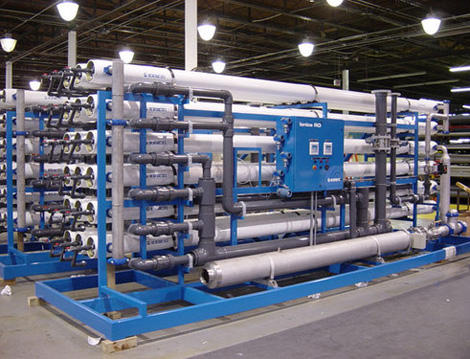Reverse Osmosis
Optimization

During normal operation over a period of time, RO membrane elements are subject to fouling by suspended or sparingly soluble materials that may be present in the feedwater. Foulant removal is achieved by cleaning and flushing or by changing the operating conditions.
As a general guide, foulant removal is required when any of the following conditions occur:
- Permeate flow has dropped to 10-15 percent below rated flow at normal pressure
- Feedwater pressure has increased 10-15 percent to maintain rated product water flow
- Product water quality decreases 10-15 percent;(increased conductivity)
- The differential pressure across an RO stage has increased noticeably
ZI-CHEM® Reverse Osmosis maintenance technologies include a broad range of chemistries that are supported by cleaning and monitoring procedures. These are designed to maximize the performance of ion exchange membranes and avoid costly premature replacement of spent membranes.
These programs can address foulants caused by a wide range of sources including:
- Bacterial Fouling
- Organic Deposits (inlet and first pass end of system)
- Mixed Colloids of suspended organics, and silicates, iron at inlet and first pass
- Hydrated Oxides (iron, nickel, copper, etc.)
- Calcium Precipitates (carbonates and phosphates (concentrate end of the system)
- Calcium Sulfate (concentrate end of the system)
- Silica Based (including precipitates and aluminosilicates)
